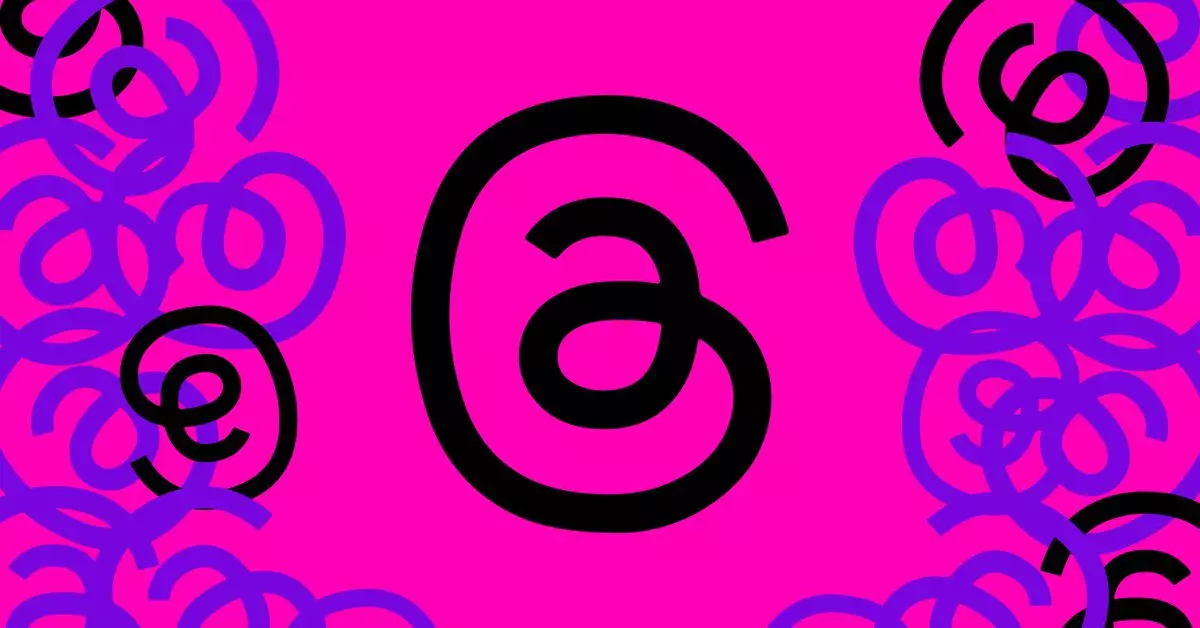The Threads API has finally arrived, fulfilling the promise of its launch by the end of June. This new free API opens up a world of possibilities for developers, allowing them to create unique integrations into Threads. With the introduction of this API, third-party apps for Meta’s competitor to what was formerly known as Twitter may soon become a reality.
According to Jesse Chen, the director of engineering at Threads, developers can now publish posts, fetch their own content, and leverage reply management capabilities through the API. They also have access to insights such as the number of views, likes, replies, reposts, and quotes on Threads posts. These features have been highly requested by developers and users alike.
Meta has provided extensive documentation on how developers can begin using the Threads API. Additionally, there is an open-source Threads API sample app available on GitHub for those who want to dive right in. The company has been testing the API with a select group of developers, including Grabyo, Hootsuite, Social News Desk, Sprinklr, Sprout Social, and Techmeme. These test integrations have enabled various sites to automate posting to Threads and feed Threads posts into social media management platforms.
One of the most anticipated outcomes of the Threads API is the possibility for developers to create standalone third-party Threads apps that are not tied to social media management platforms. The existing fediverse beta could play a crucial role in this, allowing Threads users to access posts through Mastodon clients and share content to Mastodon servers. However, the current beta of the fediverse integration has limitations, such as the inability to view replies and follows from the fediverse, making it far from a complete alternative to third-party Threads apps.
The launch of the Threads API marks a significant milestone in the evolution of Meta’s platform. Developers now have the tools and capabilities to create innovative integrations and potentially reshape the way users interact with Threads. As we await the further development and adoption of the Threads API, it’s clear that the future of this platform is full of exciting possibilities.


Leave a Reply